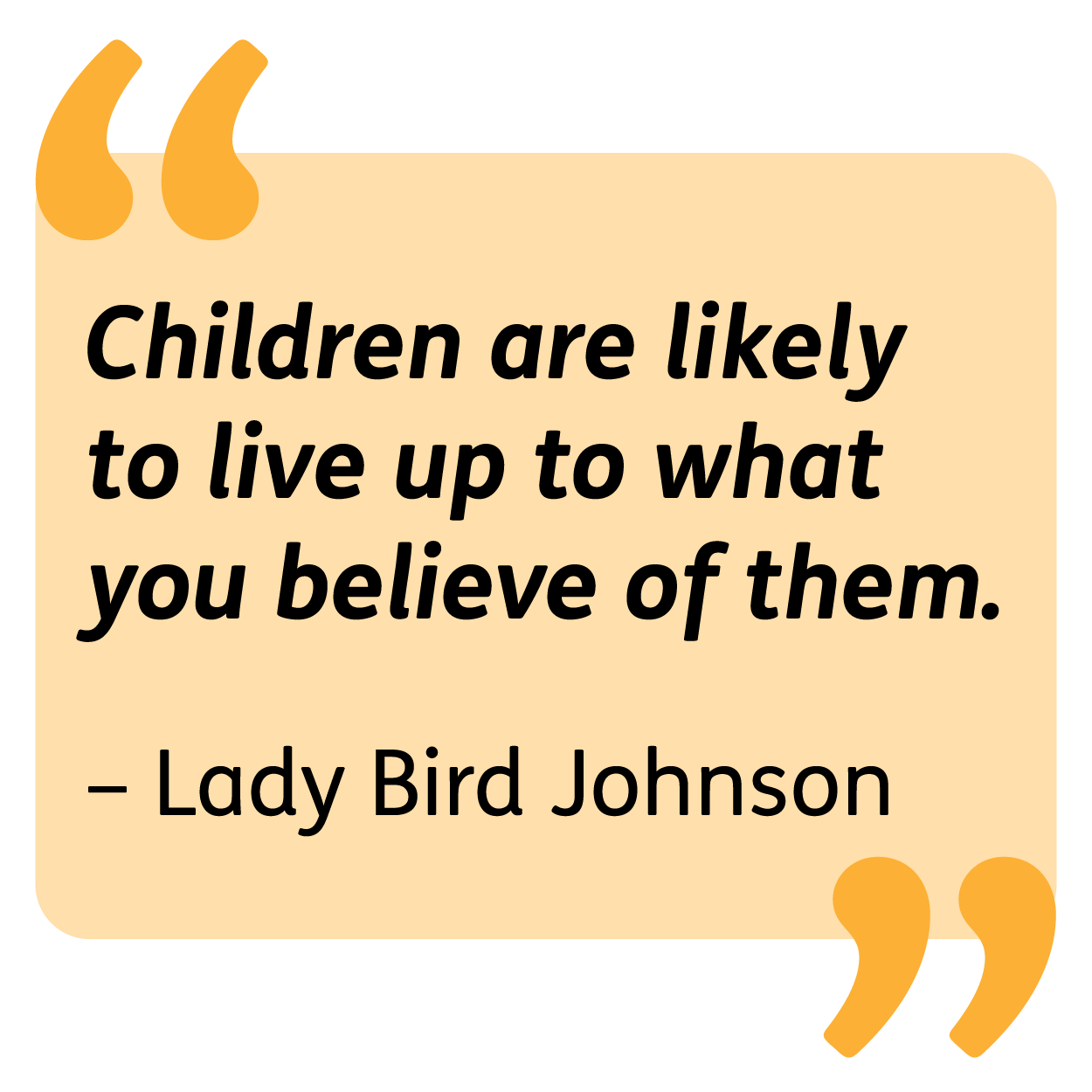What is Proloquo Coach?
You received this article from our app Proloquo Coach. It is a personalized coaching app developed specifically for parents of Proloquo users to use in combination with Proloquo. Proloquo Coach helps guide parents on their AAC(Augmentative and Alternative Communication) journey. Proloquo Coach makes AAC easier by breaking everything down into small actionable steps that start you on the right path towards better communication.More about Proloquo
Proloquo is AssistiveWare’s newest addition to its family of communication apps. Proloquo is an easy and straightforward AAC app that is easy to use for both children and their parents. It is based on extensive clinical research and is the only AAC that focuses on teaching vocabulary and literacy.
